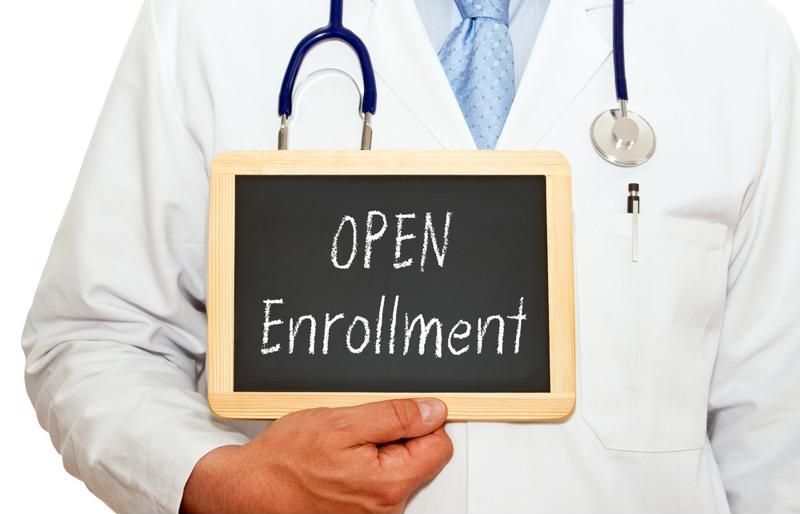
“Getting ahead of the compliance eight-ball before the end of the year can save time and stress.”
For most of us, the end of October and beginning of November is the swan song of autumn – the last few weeks to enjoy pumpkin-spiced everything and the colors of fall before winter is truly here. If you’re an HR professional, however, you’re focus is probably a bit different this time of year: everywhere you turn, there’s another compliance requirement you need to ensure is met by a looming deadline.
There’s a lot of ground to cover with compliance, even if you were just to address regulations outside of health care. Add open enrollment most likely being in full swing right now and your HR department has its work cut out for it. Which is why having a comprehensive year-end compliance checklist – one that addresses each regulatory requirement ranging from employee benefits to work authorization and includes actionable steps for staying on top of these compliance obligations – can be extremely helpful in keeping your team on track. Here are a few of the focus areas you’ll need to cover.
Addressing open enrollment and benefit plan participation
You should include this step in your organization’s compliance checklist no matter what. Also, more likely than not, you’ll need to handle some of its tasks before the actual open enrollment period, though others will be addressed afterward, as advance preparation for the next year’s cycle.
 Assessing open enrollment and employees’ overall involvement in benefit offerings should be a big part of any year-end HR checklist.
Assessing open enrollment and employees’ overall involvement in benefit offerings should be a big part of any year-end HR checklist.Vendors that provide your organization’s workforce with health insurance (and other benefits, like defined contribution plans for retirement) may want to know how many employees are using these offerings at year’s end. But much more importantly, you’ll need to keep a close eye on employees’ participation in health insurance offerings with regard to your Patient Protection and Affordable Care Act compliance requirements: All employees must be enrolled in your offerings unless they opt out of them in writing or you can prove you fit into any of the “safe harbors” (standards for ACA obligation exemption) for certain months of the year. Also, be sure at least one health plan you offer can meet the new IRS affordability standard, costing no more than 9.61% of one’s monthly household income.
I-9s and employee authorization
In the past several years, compliance with work authorization laws has been at the forefront as it quickly became a major priority of the federal government. According to attorney Robert Y. Tsai of the Holland & Hart law firm, Immigration & Customs Enforcement conducted 5,981 audits of U.S. businesses’ Form I-9 records and supporting employment verification documents while engaging in 6,848 worksite enforcement investigations in 2019. Just five years earlier in 2013, the agency conducted only 3,127 audits – that total was the single-year record until 2018, according to The Associated Press.
If your company is subject to an ICE audit and found in non-compliance, the penalties can be significant: Per the Federal Register, every Form I-9 paperwork violation comes with a minimum penalty of $234 (while maxing out at $2,332), and even a few of those can add up pretty quickly. One way to avoid the potentially damaging fines is to conduct an internal I-9 audit. Fox Rothschild LLP recommends having the assistance of an immigration-law attorney or another HR professional with considerable immigration experience to help review I-9s for completion and accuracy. Depending on the demographics of your workforce and the industry you are in, it may be beneficial to establish a compliance program specifically focused on these regulations within your organization.
Payroll compliance checks
As you near the end of the year, it’s also time to start getting certain payroll-related ducks in a row for purposes of tax compliance: Every W-2 needs to be in order, of course, with correct personal and financial details (name, address, Social Security number, jurisdictional info, exemptions, filing status and so on). Then you must handle similar tasks for any contract employees you have on your staff.
Mistakes on any employee’s record could lead to financial penalties if it causes complications for the government, such as when one employee’s deductions are inaccurate due to an incorrect SSN. Using a combination of HR software and resources like the Social Security Administration’s number verification and Employer Verification Request, you can make sure you stay on top of this issue.
Tech Resources
Last but not least: Do you have the tech resources to accomplish all essential HR objectives while staying compliant? If not, it might be time for a change. PeopleStrategy eHCM can be your one-stop shop for all essential HR tasks – year-end or otherwise. The platform handles the full gamut of critical HR tasks all through one interface and guarantees compliance through automated regulatory filing of I-9s, E-Verify data, ACA compliance reporting and other legally required information.